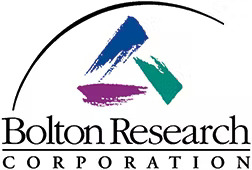The Feel-o-Meter: Setting the Right Mood for Ratings Success
Ever wonder how your audience feels about you? In Germany, there’s a building that does it for you. Using face recognition technology three German artists have developed the Feel-o-Meter. Here’s how it works: digital cameras scan the community as they walk the downtown streets of Linday, Germany. The digital images are categorized according to facial mood. This data is then translated visually into a neon sign expressing happiness, sadness, or indifference. In effect it serves as a community mood billboard.
So how about a Feel-o-Meter for a TV or radio station? Let’s say you could wire an audience population to gauge mood 24/7. How often would the “indifference” face appear vs. the smiley face? What if the Broadcast Feel-o-Meter also recognized the intensity of the emotion, from weak to strong? How often would you be registering strong happiness?
Mood plays a critical role in nurturing long term audience preference because the creation of positive moods creates an almost Pavlovian response for repeated use. Feeling sad? Tune in to feel happy. Feeling indifferent? Tune in to get angry. Feeling sensitive? Tune in to hear a romantic song. You always want strong emotive response in each user experience so that your facility becomes the “go to” favorite for escape. The reinforcement of stimulus-reward creates preferences, and preferences become valuable long term fans.
Have you ever researched how audience members react emotionally to your programming by day part, by personality, or by program segment? Maybe you should so you can reinforce or change those moods according to what the audience is actually looking for. Think of it as your Mood GPS so that you are always in tune with audience preferences, and emotional needs. Right now there is far too much thinking put into PREFERENCE, and not enough thought put into THE HEART. Programming is a right brain, left brain equation. Not an either/or process. How much to you really know about your target audience’s emotional needs and the extent to which your programming fulfills those needs? Go beyond just preference data and learn about emotion. What moves the heart, will always move the ratings.






